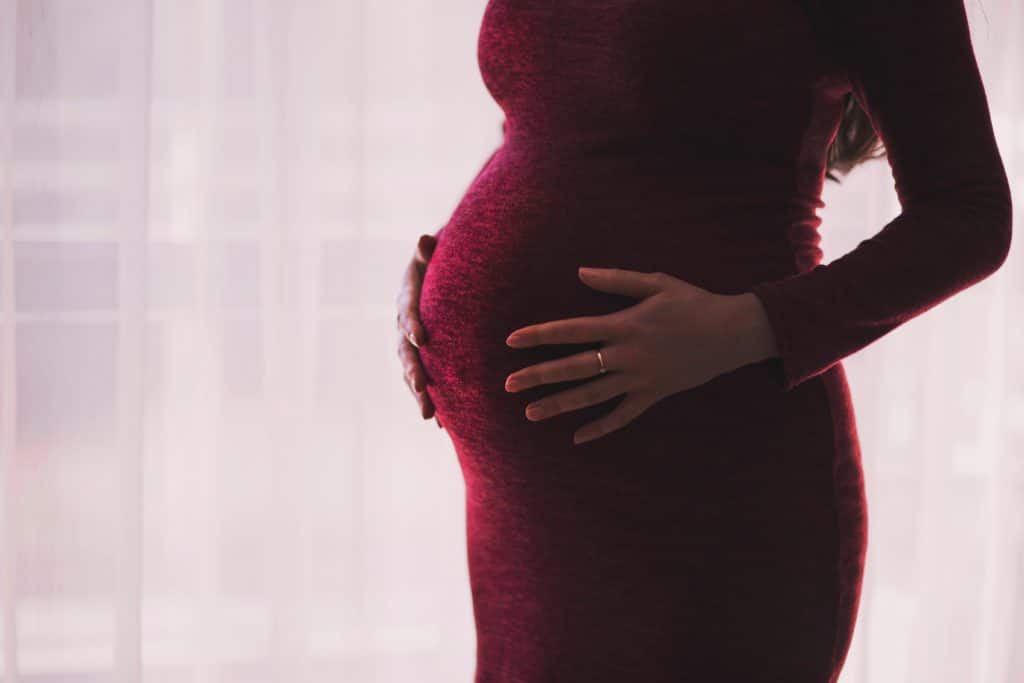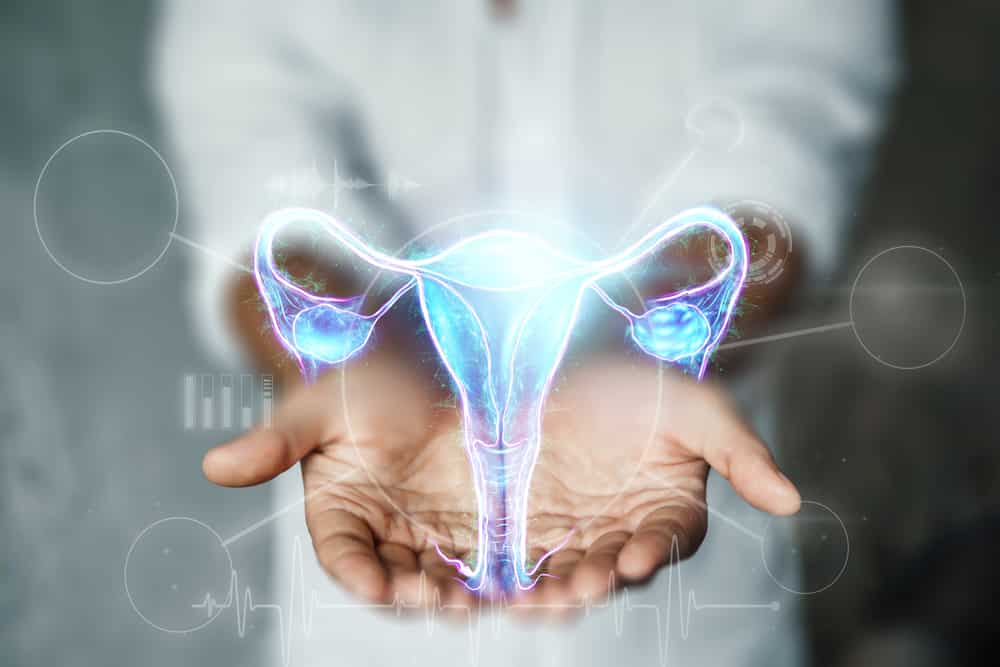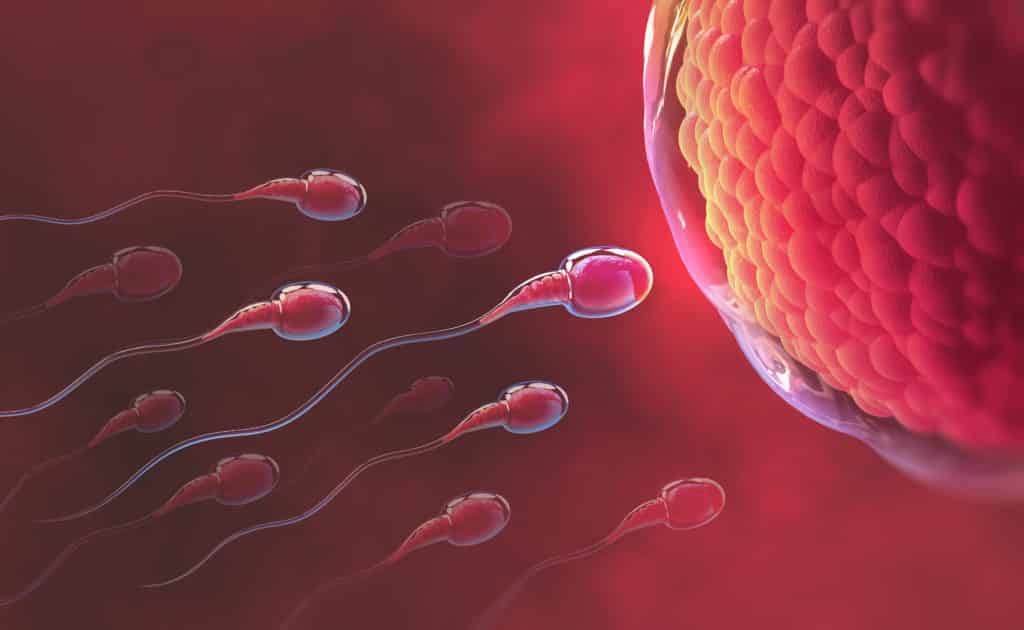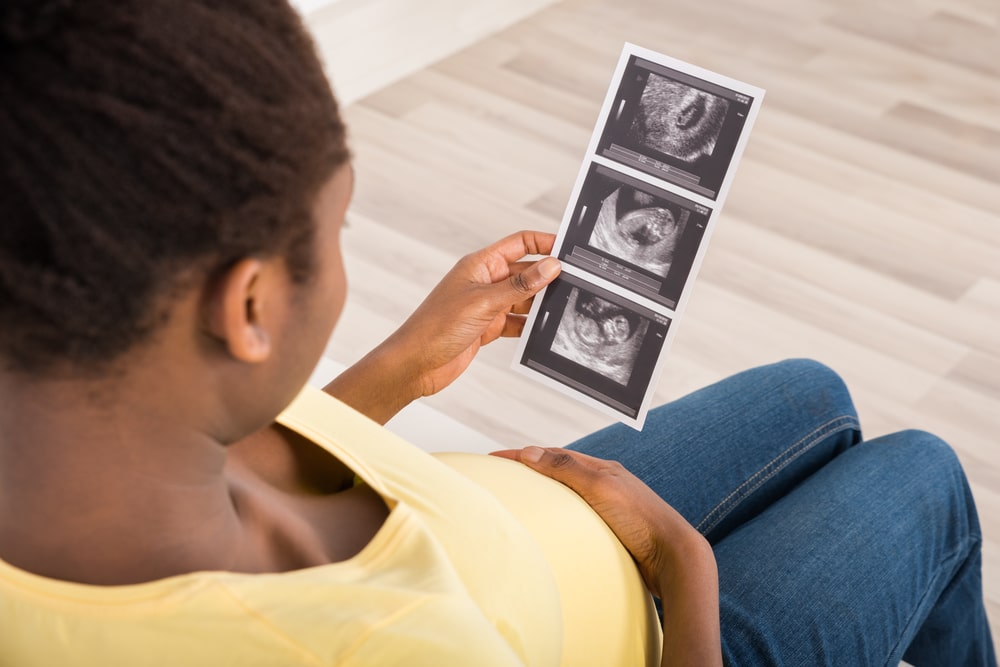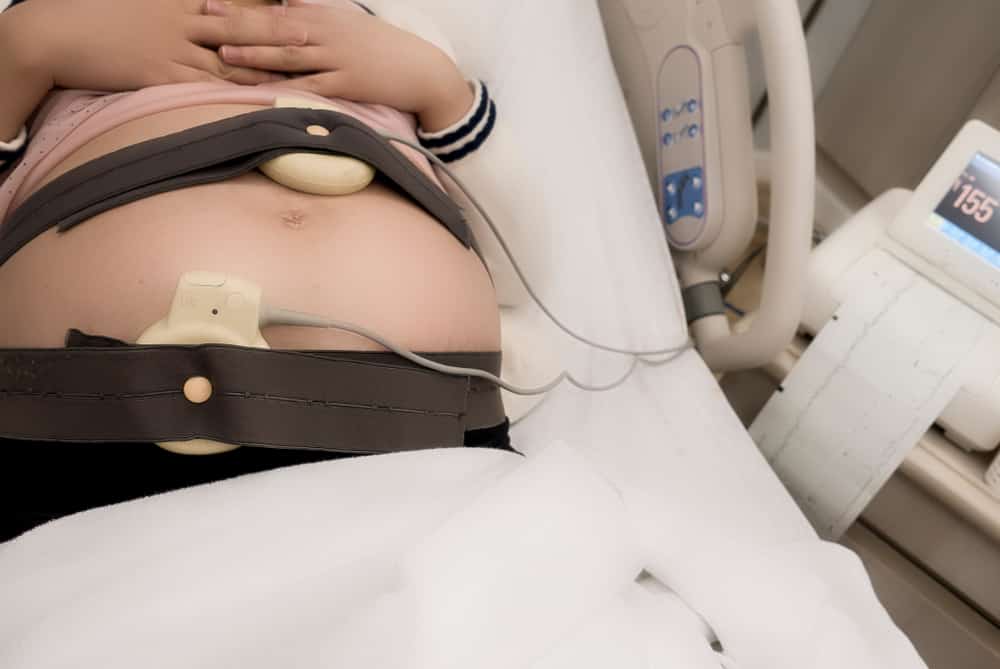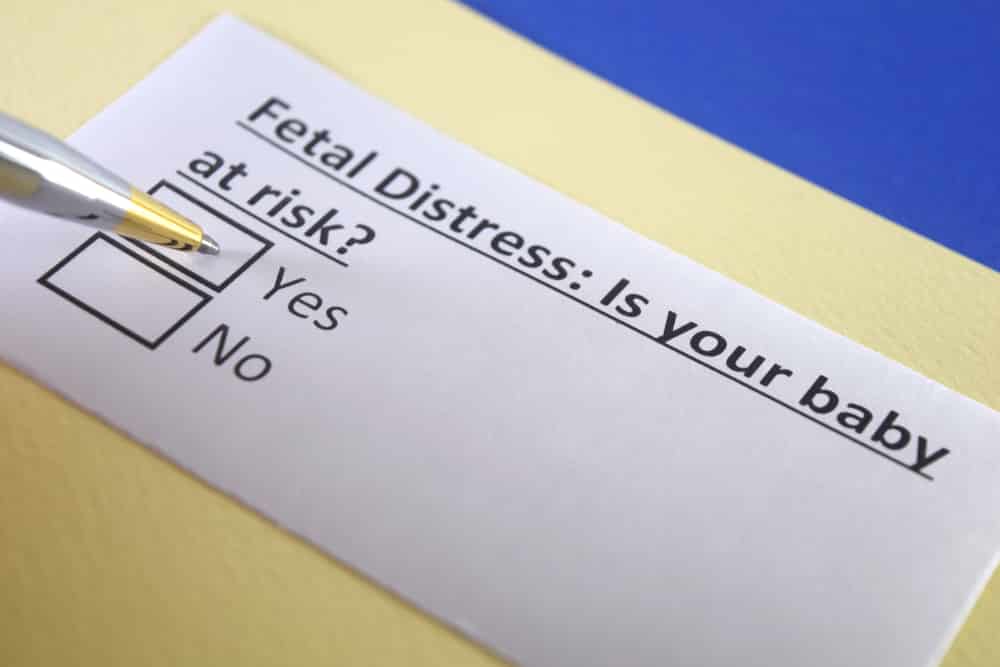Melinda was a beautiful, 37 year-old woman who was pregnant with her second baby. After divorcing her first partner, she decided to try IVF with her new partner as she was getting older. Unfortunately, she died in childbirth as a complication of a medical condition called preeclampsia.
So what is preeclampsia, you may ask?
Preeclampsia is a condition seen in pregnant women and it shows the following characteristics:
- High blood pressure
- Presence of proteins in the urine
- Swelling of the legs and hand due to accumulation of fluid in the body.

Preeclampsia is usually seen at after the 20th week of pregnancy, although it can occur before that.
Some women may also complain of other symptoms like severe headaches, nausea and vomiting, a dramatic weight gain due to increase in body fluid, belly pain and dizziness.
What are the causes of preeclampsia?
Preeclampsia develops only as a complication of pregnancy. Some studies attribute it to issues with the way the placenta implants to the mother’s womb. There has been no certified reason. However, risk factors include:
Age. If you are quite young (less than 18 years) or older than 35, you have a higher chance of getting it.
Obesity. The risk of preeclampsia is higher if you’re overweight or obese.
Multiple pregnancy. Women carrying more than one baby (twins or more) are at a higher risk of developing preeclampsia.
Interval between pregnancies. If you have less than two years’ interval between your children, or there are are more than 10 years between them, you might be at higher risk.
History of certain conditions. Women with a previous history of diabetes, chronic hypertension are also at higher risk.
New paternity. Like Melinda, each pregnancy with a new partner increases the risk.
First pregnancy. The risk is highest during your first pregnancy.
Race. Black women have been shown to be at higher risk of developing preeclampsia.
History of preeclampsia. If anyone in your family has had pre-eclempsia, there is a chance it might occur again.
Complications
Some complications of preeclampsia include:
- Fetal growth restriction. Preeclampsia may affect the arteries carrying blood to the placenta. This would lead to a reduction in nutrients reaching the baby and thus, stunted growth of the baby.
- Preterm birth. Severe preeclampsia is a medical emergency and can lead to preterm. Prematurity can lead to breathing and other problems for your baby.
- Eclampsia. In severe cases, the woman might progress to eclampsia, which is characterised by seizures
- Organ damage. Preeclampsia may result in damage to organs like the kidneys, liver, lung, heart, or eyes. It can also cause a stroke or other brain injury. The extent of the damage depends on how severe the preeclampsia.
The earlier it occurs in pregnancy, the greater the risks for mother and child.
Prevention
There is no clear-cut way that has been proven to treat this condition. However, some studies have reported an association between vitamin D deficiency and increased risk of preeclampsia.
Before you become pregnant, it is quite important to be in your best state of health. Also, using your Body Mass Index (BMI), try to attain your optimal weight and make sure other conditions, such as diabetes, are well-managed. Last but not the least, please visit your antenatal clinic as regularly as possible.
References
Kee-Hak Lim; 15/06/2020; https://emedicine.medscape.com/article/1476919-overview
WebMD; 15/06/2020; https://www.webmd.com/baby/preeclampsia-eclampsia#1


